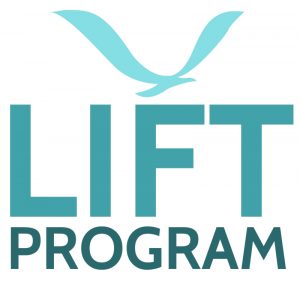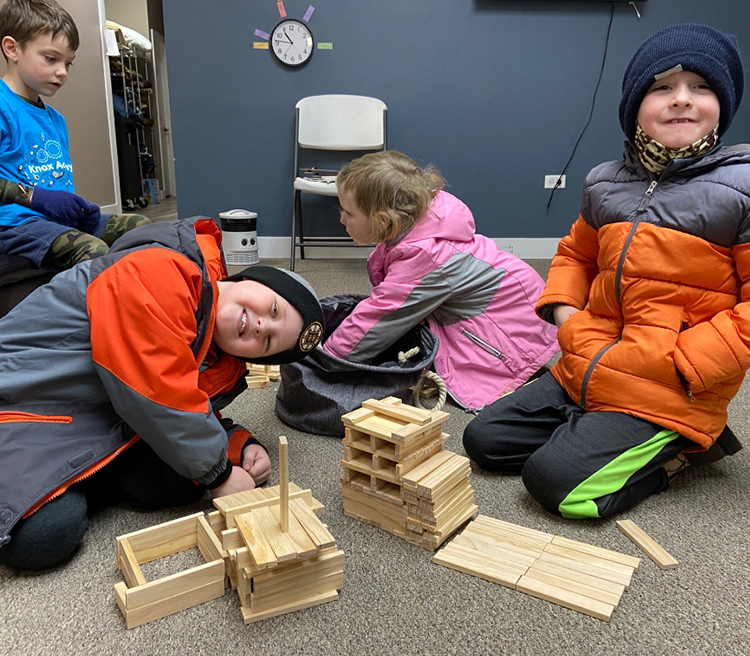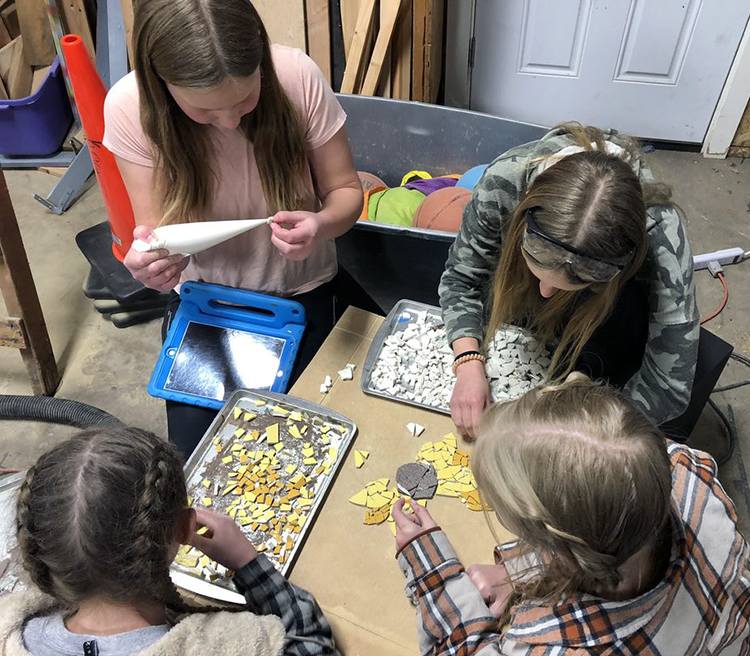
The Link Education League Lift Program is designed to not just help students reach the next level individually, but to learn what personally gives them lift and how, together, we can lift each other higher.
The core principles of the Lift Program are creativity, challenge, collaboration, choice, and context. At the beginning of each term, students set goals that challenge them in their strengths. Then they begin exploring the term topic through project-based learning during class and at home. As students are exposed to new ideas and cultures, are given hands-on learning opportunities, and collaborate with their peers, they discover their interests, passions, and abilities. As the term continues, students direct their learning, choose their own projects, and develop their skills. The term culminates in an in-person celebration where students demonstrate their learning through displayed projects, performances, and personal learning portfolios.
The Lift Program is available at our Layton and Farmington locations:
Layton
(at On-Pitch Performing Arts)
587 N. Main St.
Layton, UT
Farmington
(at Kongo Athletic Club)
1261 So. 650 W.
Farmington, UT
(Alpha and Beta Lift classes only)
Scroll down for in-depth details.
Alpha (ages 6-8)
Farmington and Layton locations
2-Day Program:
Tuesdays and Thursdays
9:00 am – 3:00 pm
OR
1-Day Program:
Tuesday ONLY
9:00 am – 3:00 pm
Beta (ages 9-12)
Farmington and Layton locations
2-Day Program:
Tuesdays and Thursdays
9:00 am – 3:00 pm
OR
1-Day Program:
Thursday ONLY
9:00 am – 3:00 pm
Gamma (ages 12-14)
Layton location only
2-Day Program:
Tuesdays and Thursdays
9:00 am – 3:00 pm



Our 2024-25 Lift Program is full. Click above to be added to the waitlist.
What does The Lift Program “class” look like?
Our approach to math is for students to recognize it as a necessary tool to be successful in their projects and as a language to communicate with other innovators, but also appreciate the inherent beauty of math. Through games, math circles, math-art, and logic puzzles, students learn to enjoy math. We learn about mathematicians from the region and the breakthroughs in mathematical thinking that make advancements possible. Students readily learn the math skills needed to complete a project such as income and expense accounting and revenue projections while participating in the Entrepreneur Market, ratios and weighing for chemistry projects, fractions and geometry for building and sewing projects.
We explore language as we read great literature, poetry, historical fiction, as well as everyday uses of language related to the topic of study. We read proverbs, folklore, and literature as well as letters and speeches and learn as much as possible from primary sources. Experiences with these primary sources is in an active and collaborative way, such as through reader’s theatre or socratic discussions. Students will enjoy many types of writing including retelling folktales through writing and performing their own skits or writing and illustrating their own books, writing songs or poems, or making speeches.
As we explore our term topic, we learn about the pertinent earth science in the topic such as volcanoes and plate tectonics of Japan or the water and desertification when studying the Middle East. Students naturally want to understand the ecology, zoology, and botany associated with the topic. Other subjects like chemistry or physics come naturally as we learn about the people and technology related to the topic, like metallurgy and chemistry when studying the American Revolution. Students also learn about the scientific method through learning about real scientists and their contributions. We approach science the same way scientists do: by doing it. Student projects will reflect their learning as they make observations, experiment, and reflect about the world around them.
Everything happens in a place and within a time period. Our topic studies cover applicable geography and history. We make maps, understand important landforms, way-finding, and learning about the “Why of the Where.” We then learn about history, politics, and government, through narratives, biographies, and simulations. We explore the “folk ways” of people in that area through regional arts and crafts, clothing, foods, music, architecture, traditions, holidays, and celebrations.
Through projects launched from our term topic, students learn the engineering process and design thinking. For example, while learning about Al-Jazari’s elephant clock during our Middle East term, students build their own automaton machines. Students learn to identify needs and problems that technology and engineering can fill, they ask questions, research, and use empathy to better understand the problem. They go through the modeling, prototyping, and testing phases and improve their designs. They then use this process on all their projects in various mediums including stop-motion animation, videography, 3-D printing, robotics, electronics, simple machines, carpentry, and metalwork.
In addition to learning about the specific art and artists of a region, our approach to art is to use it to develop important 21st century skills. Students need to be able to visually communicate to be creators, designers, and innovators. They need to be confident in the creative process that is part of making art. Art is integrated into our other studies and is a part of our approach to math, history, science, engineering, technology, and language arts. Students learn on a deeper level when they learn to see the design in things they interact with everyday and begin to design their own solutions to problems.
Our 2024-25 Lift Program is full. Click above to be added to the waitlist.
